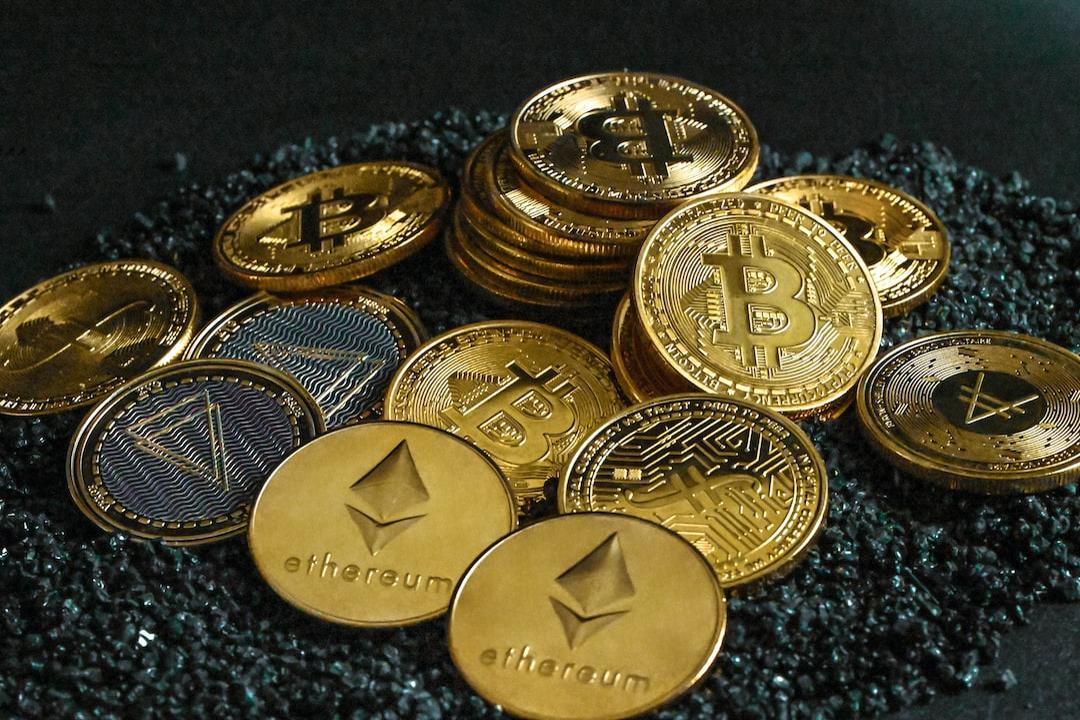DWF Labs, despite its negative reputation in the cryptocurrency circle due to past market manipulation practices, continues to collaborate with numerous projects. Many retail investors are attracted to invest in and provide liquidity for DWF Labs projects. What are the reasons behind this? This article is sourced from an article by Jinse Caijing, compiled, translated, and written by PANews.
Summary:
DWF Labs, known in the industry as “VC + Market Maker,” has gained a prominent position in the past two years. The consensus within the industry is that DWF’s venture capital (VC) activities are a facade, while market manipulation is the reality. Market makers are not inherently “bad actors.” They provide liquidity and facilitate trades for trading pairs. In traditional finance, market makers are subject to regulation and face high costs for wrongdoing. However, in the unregulated cryptocurrency industry, market makers face lower penalties for illegal activities.
In this chaotic industry, success and competence are judged by who can make more money. Despite DWF Labs’ poor reputation, many projects actively seek their collaboration, and retail investors are eager to invest in and provide liquidity for these projects. However, solely blaming DWF does not provide a clear understanding of the industry context. To uncover the success formula in this industry, it is necessary to study how “bad actors” thrive.
740 Projects in Two Years:
DWF Labs was founded in June 2022, during a bear market in the industry. Before venturing into market making and investment, DWF’s parent company was a high-frequency trading firm. DWF Labs emerged after the FTX scandal. Following FTX’s collapse, several top platforms, including market makers and lending firms, suffered severe losses. DWF filled the liquidity gap in the market, particularly for small and medium-sized projects, offering them hope. Within two years, DWF Labs achieved what other market makers took a decade to accomplish.
DWF’s founder, Andrei Grachev, previously worked at Ulmart, a Russian e-commerce platform known as the “Russian JD.com.” In 2017, he entered the cryptocurrency market and established Crypsis Blockchain Holding in Moscow. In September 2018, Grachev became the CEO of Huobi Russia before joining DWF in December. In 2019, Russian media linked him to the $4 billion OneCoin cryptocurrency Ponzi scheme.
DWF’s Strategy during the Bear Market:
During the bear market, DWF’s strategy was simple. They primarily chose older projects, even those on the verge of failure, or projects subject to significant information and sentiment influences. DWF often collaborated with these projects, buying their tokens at discounted prices and promising to boost their token prices. The common characteristic of the projects manipulated by DWF was a pump and dump pattern, where token prices surged initially but plummeted afterward. Their so-called investments were essentially market making. This approach resulted in a win-win situation for the projects and DWF, as retail investors bought the tokens at high prices.
DWF’s Changed Approach during the Bull Market:
During the current bull market, DWF’s investment and market making approach seems to have changed. They no longer focus solely on struggling projects but actively participate in popular and attention-grabbing meme coin projects. DWF’s involvement with Binance also indicates a close relationship between the two entities. It was reported that Binance’s monitoring team discovered evidence of market manipulation by DWF, but Binance chose to dismiss the head of the monitoring team instead. This suggests a deep intertwining of interests between DWF and Binance.
DWF’s Expansion into Builder Role:
DWF Labs aims to transition from being a “market maker” to becoming a “builder” in the industry. They have been aggressively investing in the gaming sector, with strategic investments in MOBOX, game publisher Sidus Heroes, and the SIDUS HEROES metaverse gaming project. Meme coins are another area where DWF sees potential, evident from their involvement as market makers for several meme coins. After accumulating significant wealth, DWF aims to transform its image and contribute to the industry’s development as a builder.
While such transformations are not uncommon in the industry, it remains to be seen whether these institutions, once notorious for exploiting retail investors, genuinely commit to industry development instead of disappearing completely. Capital may be all-powerful, but from a retail investor’s perspective, following the actions of these institutions often leads to being exploited.


